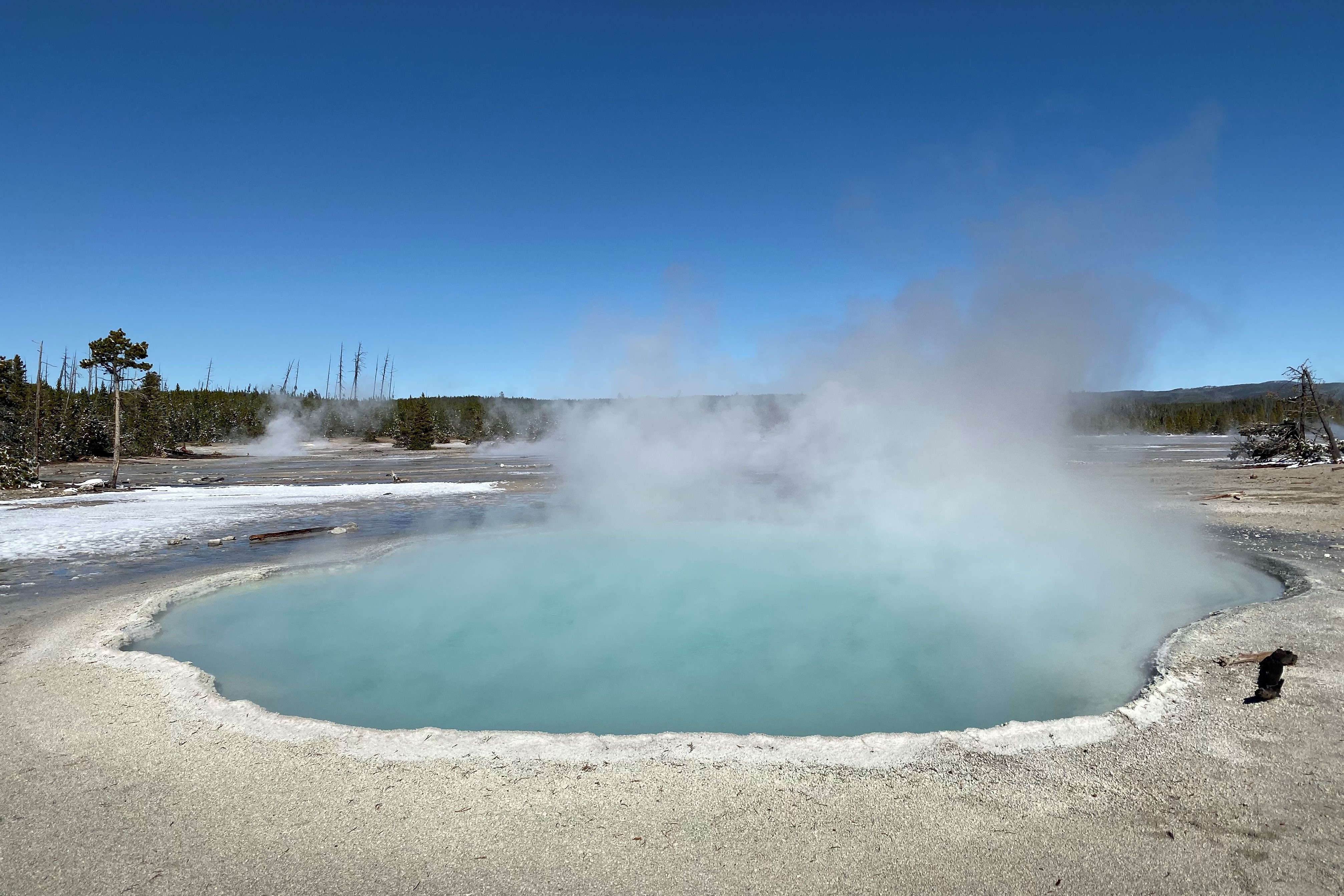The Yellowstone magmatic-hydrothermal system: using radiogenic and stable isotope geochemistry to constrain the processes of water-rock interaction
Abstract
The hot springs of Yellowstone National Park provide a broad range of isotopic data (e.g. 238U-, 235U-, and 232Th-series) that can be exploited to interpret the geochemical processes occurring at depth, including water-rock interaction, nuclide sourcing, and fluid residence times. Despite its worldwide notoriety, Yellowstone’s hydrothermal system remains largely unconstrained. While major advances in the past century have helped us to understand the highly varied geochemical characteristics of Yellowstone’s thermal features and their potential mechanisms of formation, many questions remain regarding where exactly the water resides before ascending to the surface, how long the water remains at depth, and what geochemical processes are occurring between these waters and the superheated aquifer rocks. One of the primary questions surrounding the Yellowstone hydrothermal system revolves around the concept of “phase separation”, whereby ascending, pressurized hydrothermal fluids undergo decompressional boiling and separate into an acidic vapor phase and a neutral fluid phase. These diverging phases result in the two dominant spring chemistries viewed on the surface, acid-sulfate springs and neutral-chloride springs. Still, little is known about the timescales such a process operates on, and what geochemical parameters can be constrained to support the existence of this model. Herein we examine a handful of hydrothermal features throughout Yellowstone National Park in an effort to investigate the likelihood of phase separation’s existence and whether or not the isotopic evidence supports the geochemical processes that we know to be occurring should this model persist within the plumbing of a continental hydrothermal system.
Featured photo from figure 3 in report.

